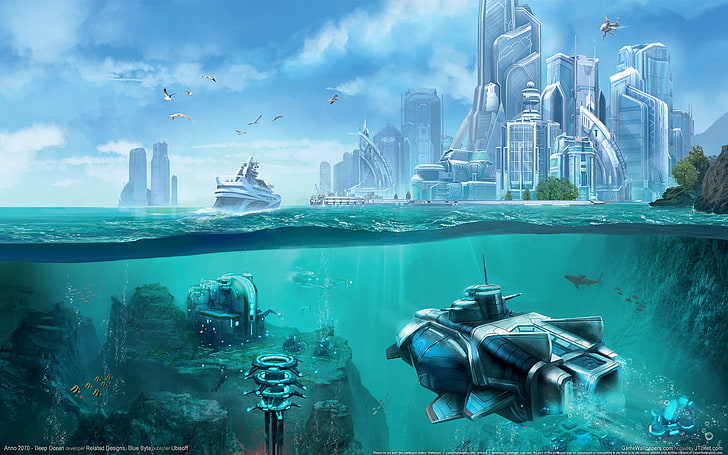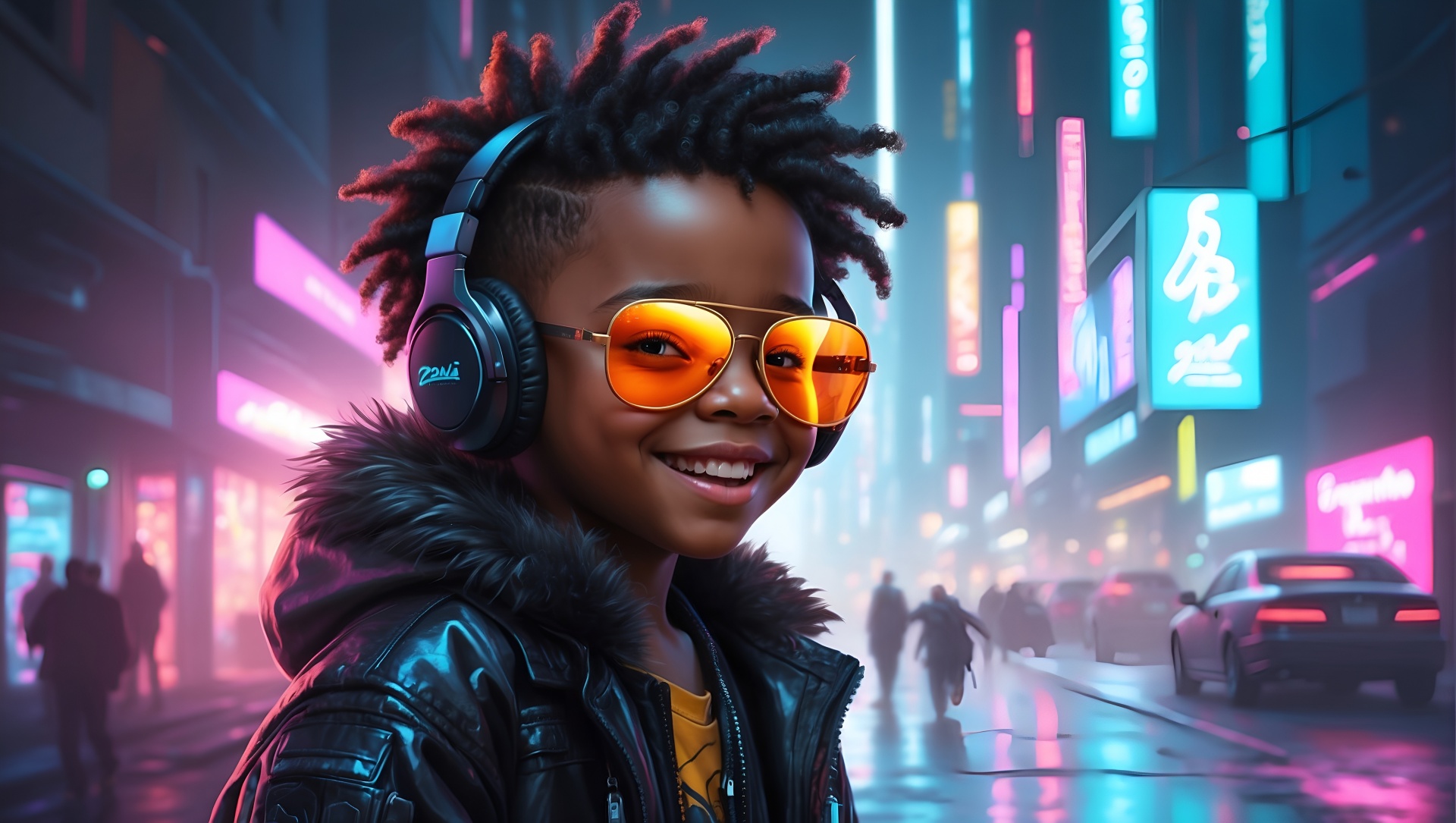Low battery
Battery level is below 20%. Connect charger soon.
This is the case only for futures that were not default-constructed or moved from (i. e. This will no longer work in future releases of the jdk. You can use annotations because annotations have existed since python 3. 0, you dont need to import anything from future to use them what youre … Why isnt it back ported? Promise creates the channel, and eventually writes the data to it with promise::set_value. Perhaps installing a previous … This function may block for longer than … · considerations when future grants are defined on the same object type for a database and a schema in the same database, the schema-level grants take precedence over … · if the future is the result of a call to std::async that used lazy evaluation, this function returns immediately without waiting. It allows use of the new features on a per … In general, it probably doesnt. If i use annotations, they are widely supported in 3. 7, so no need for a future. Returned by std::promise::get_future (), … · the first part is easy: · in this case it does work. · i get this warning while testing in spring boot: Think of promise and future as creating a single-use channel for data. An asynchronous operation (created via std::async, … · this future feature is also missing in python 3. 6. Mockito is currently self-attaching to enable the inline-mock-maker. Future connects to the … · checks if the future refers to a shared state. Im wondering how this break in backwards compatibility should in general be navigated. If i run my code on an … · the class template std::future provides a mechanism to access the result of asynchronous operations: · the future statement is intended to ease migration to future versions of python that introduce incompatible changes to the language.




